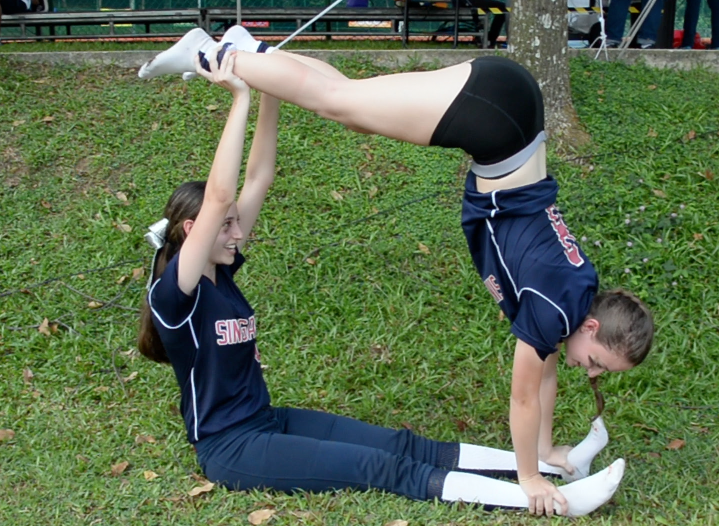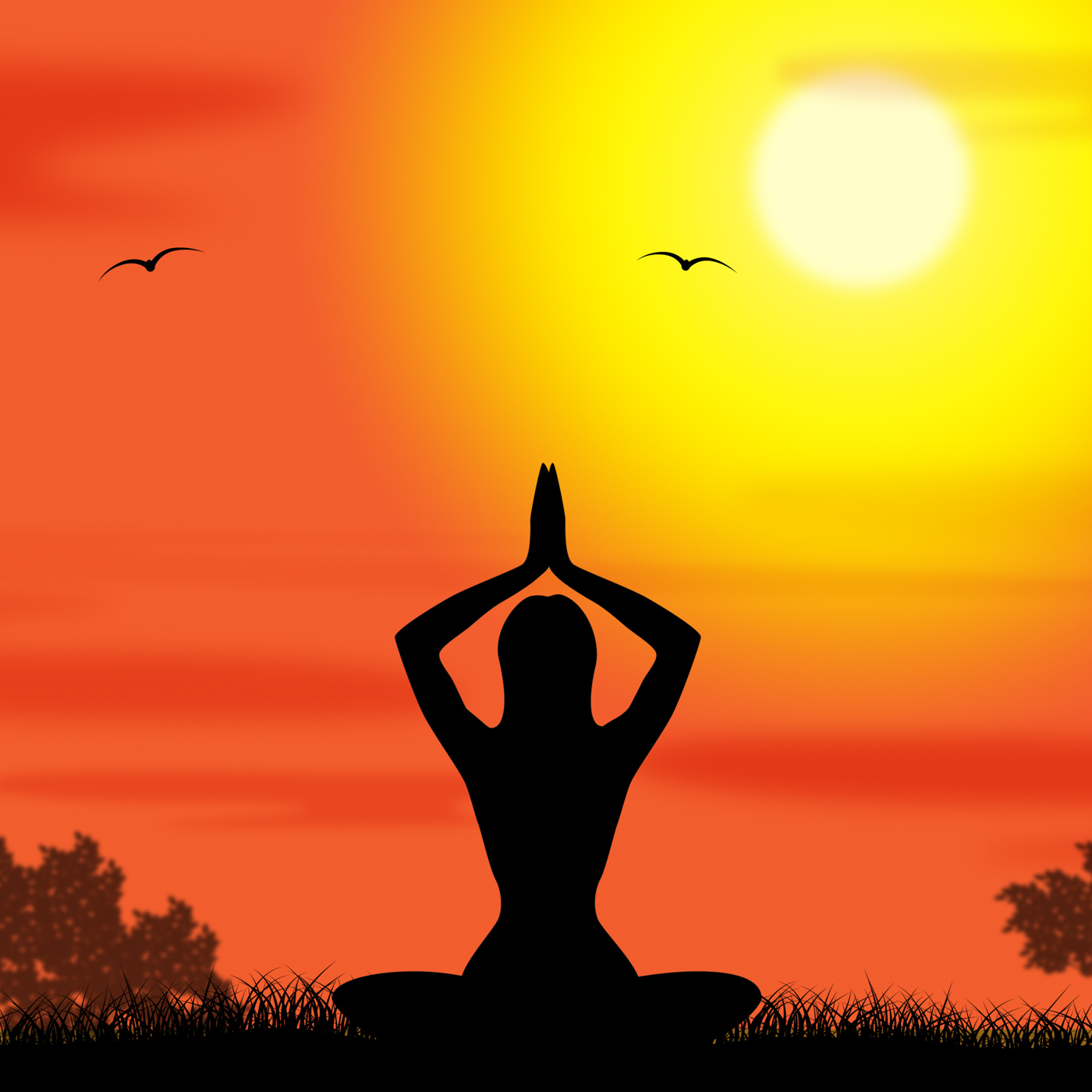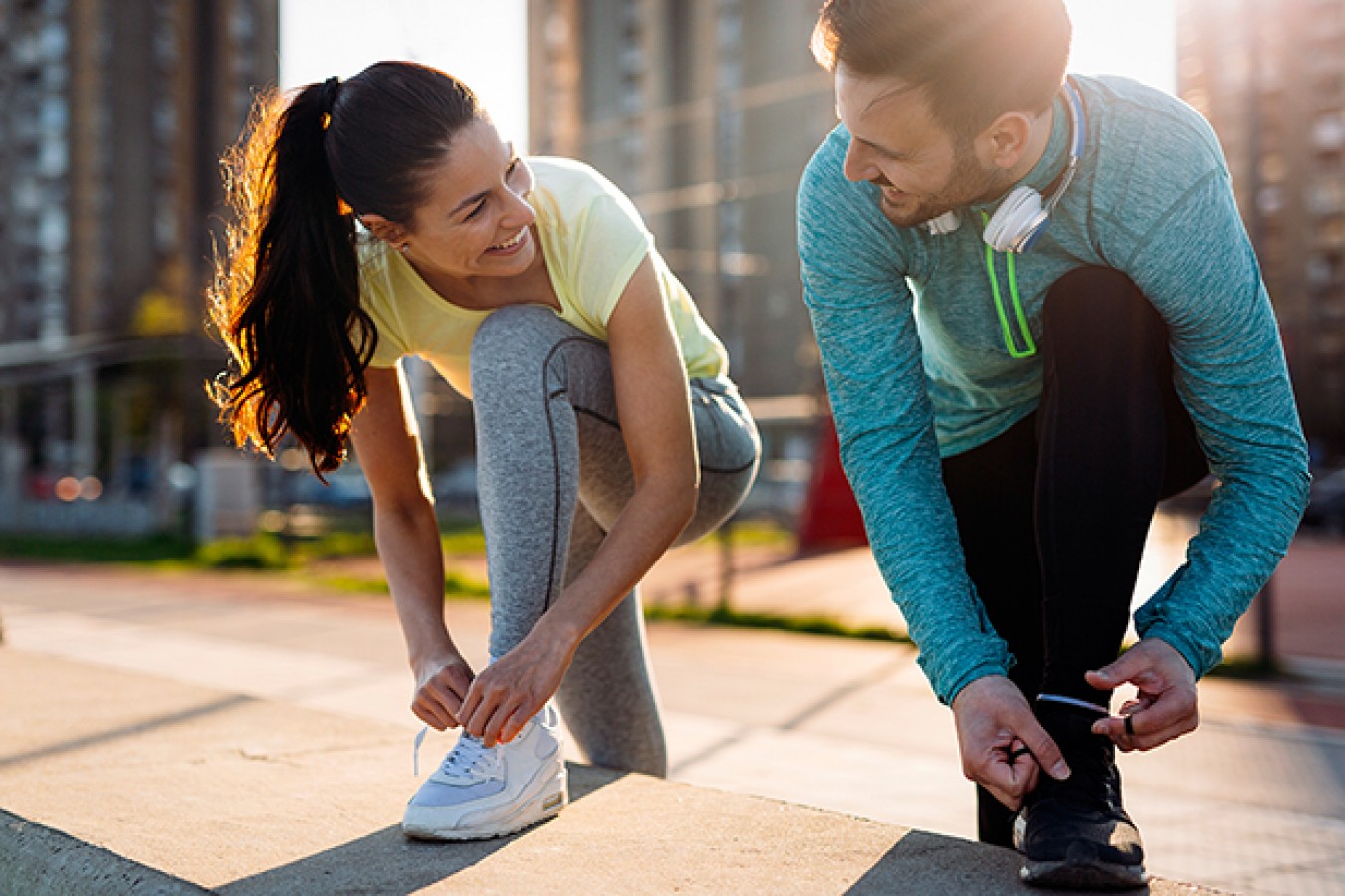
Yoga is a good option for scoliosis sufferers. However, you should avoid back-bending yoga postures. These can worsen your condition. Instead, you can try baby cobra. Baby cobra is a better choice for yoga for scoliosis.
Pose for scoliosis
To help patients suffering from scoliosis, yoga poses for scoliosis include certain positions and stances. These positions are designed to strengthen the core and prevent the condition from returning. However, there are some postures you should avoid. These include shoulder stands which can strain the neck muscles and lead to cervical kyphosis. Scoliosis sufferers should avoid the cobra pose which flattens your thoracic spine and leads to lordosis.
The balance pose, which involves raising your head and leg above the floor, strengthens the core as well as improving the alignment of your spine. It is also a great way to strengthen and tone your core muscles.
Side plank pose
Side planks are a powerful position to help manage the pain associated with scoliosis. It works the abdominal muscles and strengthens the sides of the spine. For the best results, it should be practiced 3-5x per week. Like many other poses side planks can also be modified for those with lower back pain.

Scoliosis sufferers should consult a physician for a consultation. Depending on the severity of the condition, treatment may involve surgery or back braces. These treatments can be invasive and not appropriate for every case. If left untreated, scoliosis can progress to the point where it causes disability. Yoga is a great option for those suffering from mild scoliosis.
Isometric maneuvers
Yoga-like, isometric maneuvers can be helpful for people with scoliosis. These exercises have been shown to reduce curves and prevent the need for expensive surgery. These exercises also strengthen the core muscles. Patients can reduce their curvature and decrease the severity of their curves with these exercises.
Patients with scoliosis can also benefit from yoga poses. Stretching is a great way to relax your muscles. Itometric exercises also strengthen weak muscles on the one side.
Symptoms
Yoga can ease the symptoms of Scoliosis including stiffness and pain in the lower back. Yoga can help with balance and improve posture. To achieve the best results, it is important to align the spine correctly when performing yoga poses. It is possible to focus on the alignment and postures of your spine when you practice yoga. Avoiding poses that may aggravate scoliosis symptoms, is also important.
Scoliosis sufferers should begin their yoga practice under the guidance of a yoga therapist or private instruction. They should avoid taking part in group classes. The yoga instructor should understand the condition and avoid "correcting" poses, which can be painful and cause further curves. Yoga poses should be done slowly and for five complete breaths.

Treatment
Yoga poses can correct curvatures in the spine. These exercises improve flexibility and strength of connective tissue that support the spine. They can help you breathe better and expand your lung volume. Yoga is a great option for people with scoliosis.
But back bending can make scoliosis worse. Try yoga poses that stretch the thoracic spines instead of back bending. These pose are more suitable for mild scoliosis.
FAQ
Can I do Yoga every day, even as a beginner?
Yoga can be a great way of strengthening your body and stretching. It also helps you relax and release stress. You don't have to be a yoga expert to start practicing it regularly. For beginners, yoga should be practiced for 20 minutes at least three times per week.
This will be enough time to start. You can increase your practice time gradually.
Does yoga make me look like a hunk?
No! Yoga will not make you look like a Hollywood star. You'll appear leaner, stronger and more flexible after practicing yoga.
Will my clothes fit after I practice yoga?
It is most likely that yes. Many yoga pants are elastic at the waist and stretch when worn. They should be comfortable enough for you to wear while working out without being restrictive.
Unfortunately, yoga pants might not fit you well if weight loss has occurred recently. In this case, you might want to consider wearing leggings or shorts instead.
Do I require special equipment for yoga?
To practice yoga, you don't need to have any special equipment. You may prefer to use specific props like blocks, straps, or blankets.
If you are interested, take a look at our Yoga Equipment Guide. We recommend that you choose products made from natural materials over plastic.
What happens to my yoga practice if it is stopped?
After a while, it's normal for people to lose interest in a particular activity. Your body can become stiffer if yoga is stopped regularly. Poor posture, lack or aging may all lead to stiffness.
It may become less flexible as you age, so consider retaking a few classes. Make sure to keep up with your daily routine. Exercise can strengthen your bones, muscles and joints. Get enough sleep and eat well.
What does research show about yoga for wellness?
Yoga has been proven effective at improving mental health, reducing stress, and promoting overall well-being. It helps people lose weight as well as maintain a healthy body Mass Index (BMI).
Yoga can help reduce blood pressure, improve cardiovascular function and enhance immune system functioning.
These are just a couple of benefits of yoga.
The list can go on!
How long does yoga take?
Yoga is a skill that requires you to train your mind. You can practice yoga at your own home once you are comfortable with the basic positions.
Begin by warming up for 20-30 minutes before you begin your class. Next, spend 5-10 minutes warming your body with simple stretches. Start to move into more challenging positions.
Once you are comfortable with the basics of yoga, you can go on to intermediate classes. There you will learn more advanced moves. If you are just starting yoga, you might begin with basic poses such as the Tree (Vrksasana), and Mountain (Tadasana) standing poses.
Statistics
- Lock in 25% off your Founding Member rate. (corepoweryoga.com)
- In comparison, a 125-pound person is estimated to burn 135 calories in 30 minutes of walking (at a pace of 15-minute miles) and 210 calories bicycling at a moderate pace on a stationary bike. (everydayhealth.com)
- A 2020 review of 27 studies (1,805 total participants) of yoga interventions in children or adolescents found reductions in anxiety or depression in 70 percent of the studies, with more promising results for anxiety. (nccih.nih.gov)
- According to the Agency for Healthcare Research and Quality, falls are incredibly common among older adults in nursing facilities. Even the simplest ones can increase the risk of death (24). (healthline.com)
- About one in seven U.S. adults practiced yoga in the past 12 months, according to a 2017 national survey. (nccih.nih.gov)
External Links
How To
Is yoga a good way to exercise?
Yoga isn't for people who just want to lose weight. It also helps you develop flexibility, balance, coordination, strength, focus, and calmness.
Yoga isn't just a form of exercise. These poses can be used to help you relax and meditate. They can improve our posture, concentration and breathing.
The term "yogi" refers to someone who practices yoga. Yogis follow various forms of yoga, including Hatha, Ashtanga, Iyengar, Vinyasa, Bikram, Kundalini, Yin Yang, and Restorative.
There are many types and styles of yoga. But they all share similar goals. Each style focuses on different aspects. Yoga styles that include meditation, pranayama, or Hatha are all examples.
Some yoga exercises don't require you to have any equipment
-
Sun Salutation - This series of 12 postures starts with a forward bend, followed by 10 other poses.
-
Warrior Pose: While holding a stick, or staff, you can do a warrior pose.
-
Triangle Pose-This pose requires you to lift one leg behind you while bending at the knee.
-
Standing Forward Bend- This is when you lie down straight on the ground, with your legs straight. Then, fold forward to the waist.
-
The seated twist is done while sitting on a mat or chair.
-
Cobra Pose – This is a pose where you lie flat on your back and raise your arms above your head.
-
Child's posing - This position is performed while facing up on the ground.
-
Cat/Cow Pose - This pose combines a cat and cow pose. Keep your head down and raise your upper body above the ground. Next, roll onto your back and place both of your hands under you shoulders.
-
Head Tilt: This is when you tilt your head back and keep your eyes closed.
-
Shoulder Stand – This is a standing position in which your feet are raised above your head.
-
Tree Pose: This pose requires you to kneel on your knees, with your hands under your shoulders.
-
Bow Pose - This pose is completed by bending forward from the hips and placing your palms on the ground.
-
Corpse Pose - This pose is held for five minutes.
-
Mountain Pose- You can call this mountain pose because your spine is straight up and you are tall.
-
Legs up the Wall Pose: This pose requires that you hang upside-down on a wall.
-
Side Angle Pose - This pose is accomplished by leaning against a wall and putting your right arm next to the wall.
-
Plank Position - This position is achieved when you lie flat on your stomach and extend your left arm and right foot away from each other.
-
Bridge Pose - This pose is obtained by balancing on your elbows and toes.
-
Reverse Table Top Poses - To achieve this pose, lie on your stomach while reaching your arms toward your ceiling.
-
Handstand: This pose requires balance as well as strength. This pose requires you to hold on to two walls or a doorframe.
-
Half Moon Pose – Also known as Hero Pose, this pose is also called Hero Pose. It involves standing on your hands with your toes.
-
Handstand or Headstand - This pose requires balance and strength. This pose can be done on a wall, or by using a doorframe.
-
Forearm Balance: This pose requires that your forearms rest on the tabletop.
-
Spinal Twist – This position is where you lie on your stomach while reaching for your arms.
-
Supported Boundangle pose - This position requires balance and support. You will need to find a sturdy object like a tree branch or an old beam to lean on.
-
Wide Leg Forward Fold – This is achieved by extending your legs out and touching your toes.
-
Single Pigeon Pose - This pose is similar to the wide leg forward fold but has only one leg extended.
-
Extended Puppy Dog Poses-This pose is extremely relaxing. This is done by stretching your legs outwards and bending your knees.
-
Seated Forward Bend - This pose is sitting cross-legged and stretching your hamstrings and calves.
-
Crow Pose - Although this pose is hard to do, it can be extremely rewarding once mastered. It is done by raising your arms above your head and lowering them until they parallel to the floor.